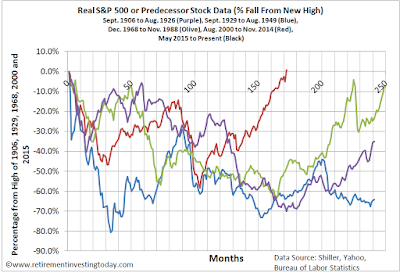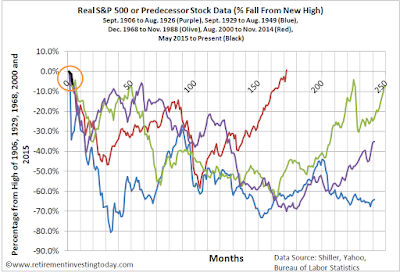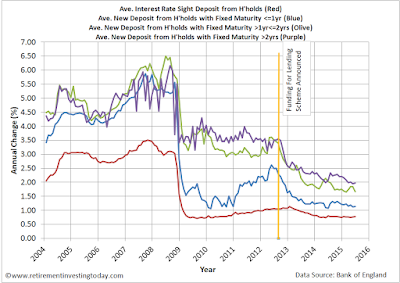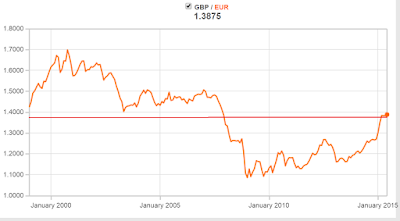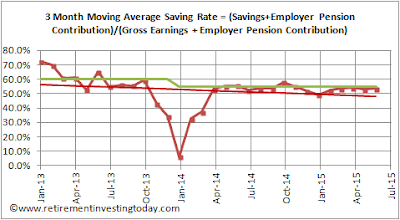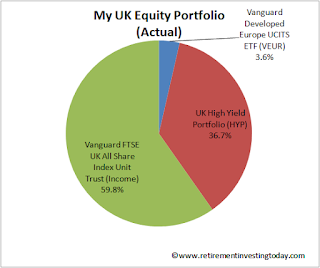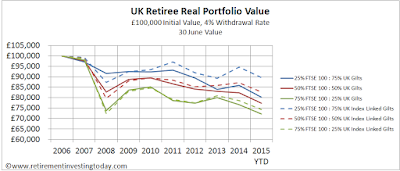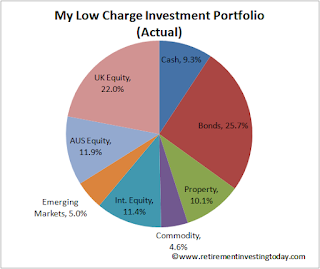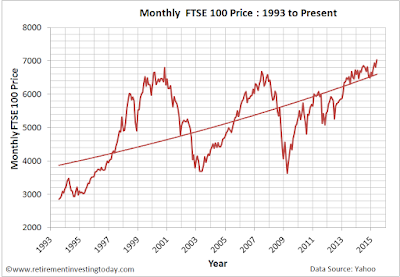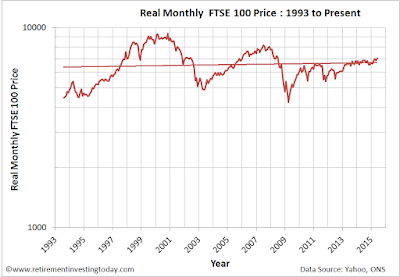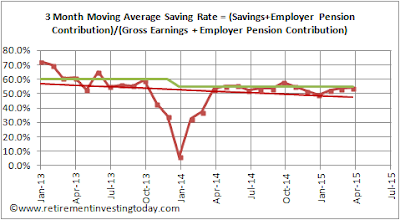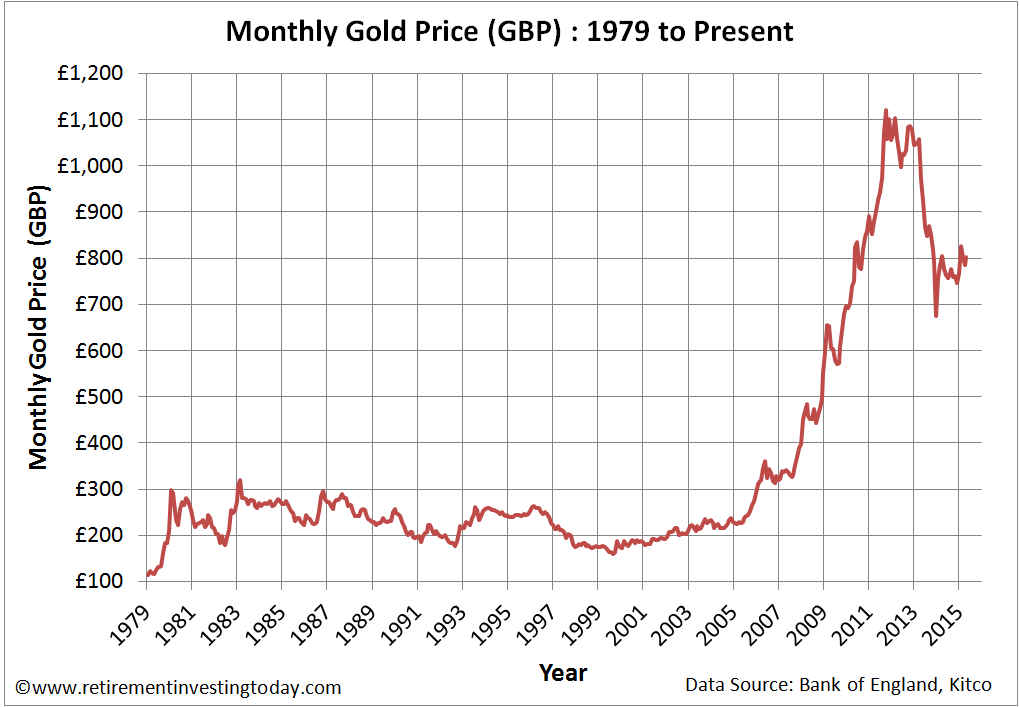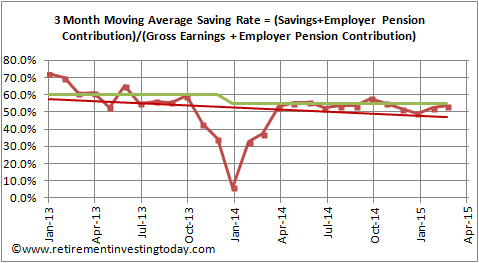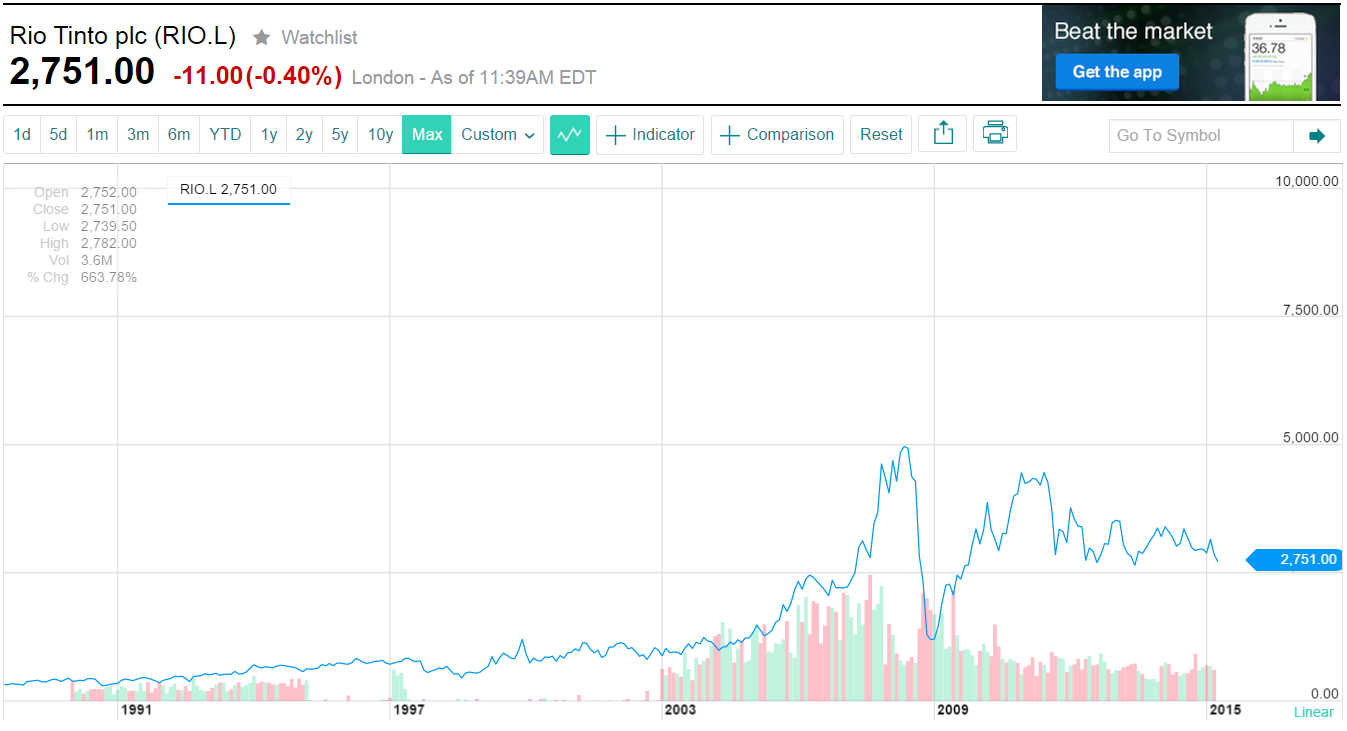The number one fear of any early retiree (or any retiree living of investments for that matter) must nearly be a bad sequence of returns early in retirement. I can only imagine the emotional rollercoaster of watching a stock market fall in value by more than 80% in real terms (like the US market did during the Great Depression), rebalancing into it continuously, while knowing that you’re no longer working so ‘can’t’ replenish and then on top of that then being forced to sell down capital to live off.
With this in mind and for some time now I’ve been trying to build my portfolio in such a way that I can live off less than the dividends received at FIRE (financial independence retired early), which will allow a little for reinvestment during the good times, while providing some protection during periods of falling dividends. The methods I've used to do this have included the addition of a High Yield Portfolio (HYP) and moving from accumulation funds within an expensive work insurance company defined contribution pension to income funds within my own SIPP.
With this in mind I’m today going to conduct a little thought experiment. Will I have enough dividends spinning off in FIRE to avoid selling down wealth during a severe bear market?
At time of writing this is how I’ve managed to increase my dividends over the years:
Click to enlarge, US Market Percentage Falls from Real New Highs
With this in mind and for some time now I’ve been trying to build my portfolio in such a way that I can live off less than the dividends received at FIRE (financial independence retired early), which will allow a little for reinvestment during the good times, while providing some protection during periods of falling dividends. The methods I've used to do this have included the addition of a High Yield Portfolio (HYP) and moving from accumulation funds within an expensive work insurance company defined contribution pension to income funds within my own SIPP.
With this in mind I’m today going to conduct a little thought experiment. Will I have enough dividends spinning off in FIRE to avoid selling down wealth during a severe bear market?
Now before I go on I’m of course aware that past performance is not a guide to future performance. To keep it simple I’m also going to use the US market as a proxy for my ‘global’ equities portfolio which of course is not 100% accurate but I have a good dataset for the US (unlike other countries). Hopefully it will give a bit of steer as we do know global equities have a high correlation with each other plus this is just an order of magnitude thought experiment and I’m not chasing perfection here.
Click to enlarge, RIT’s Dividends Received by Year

